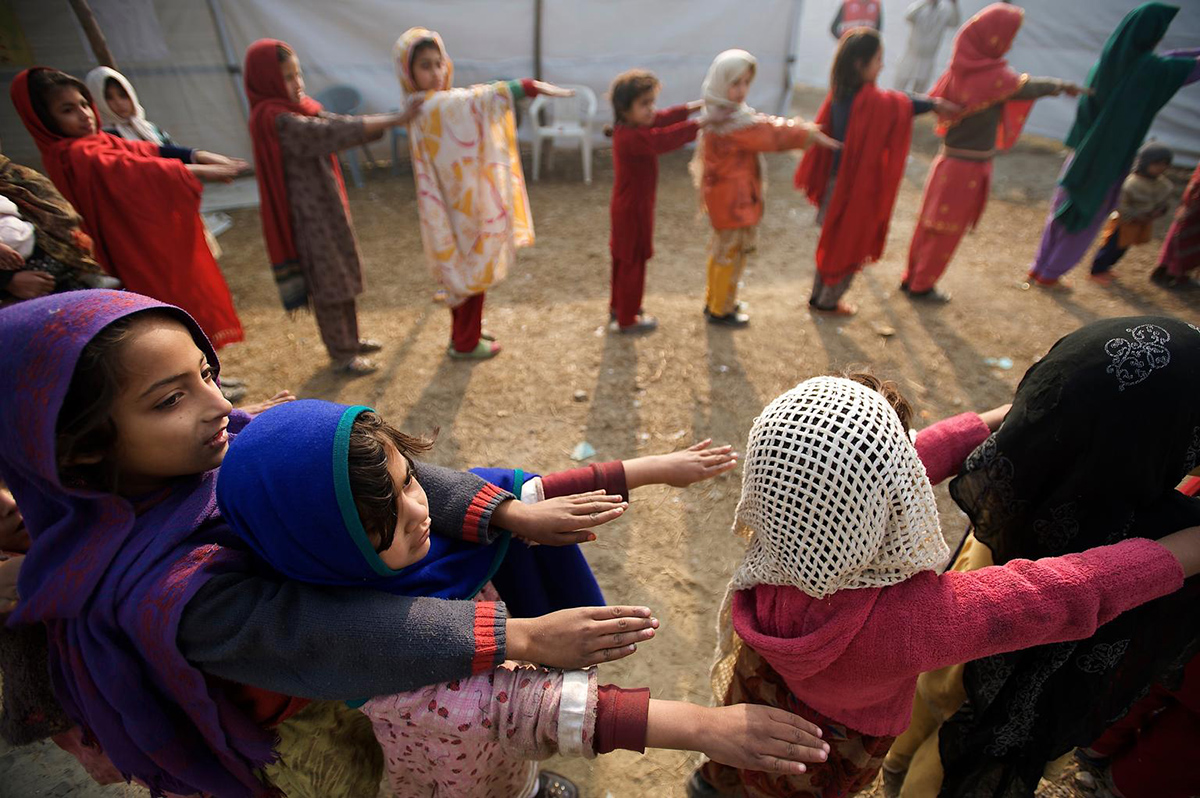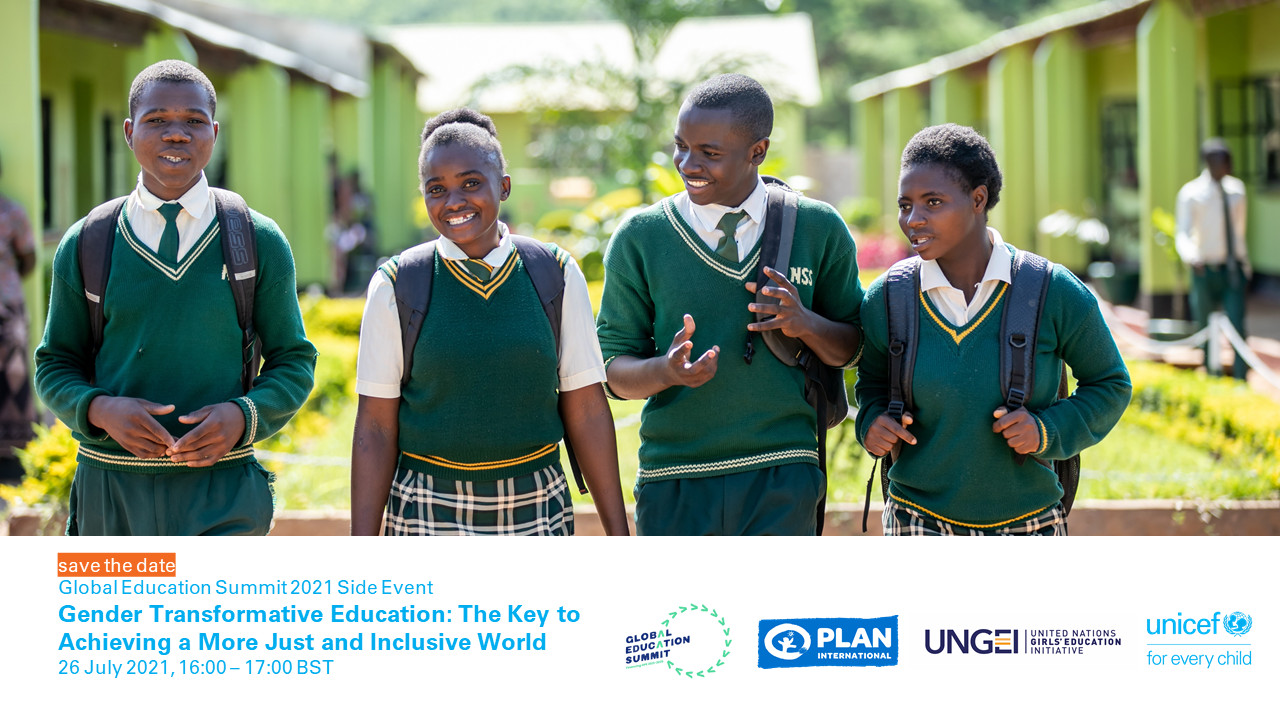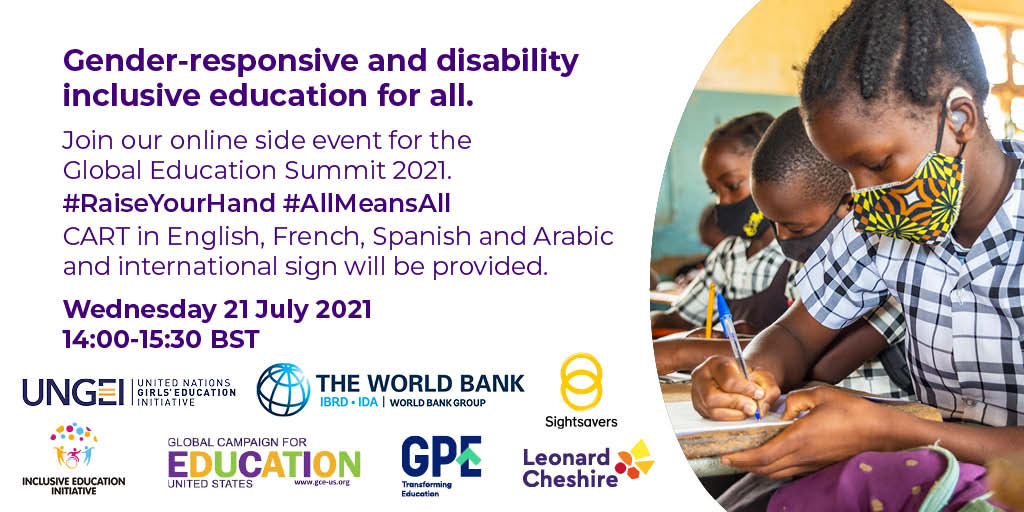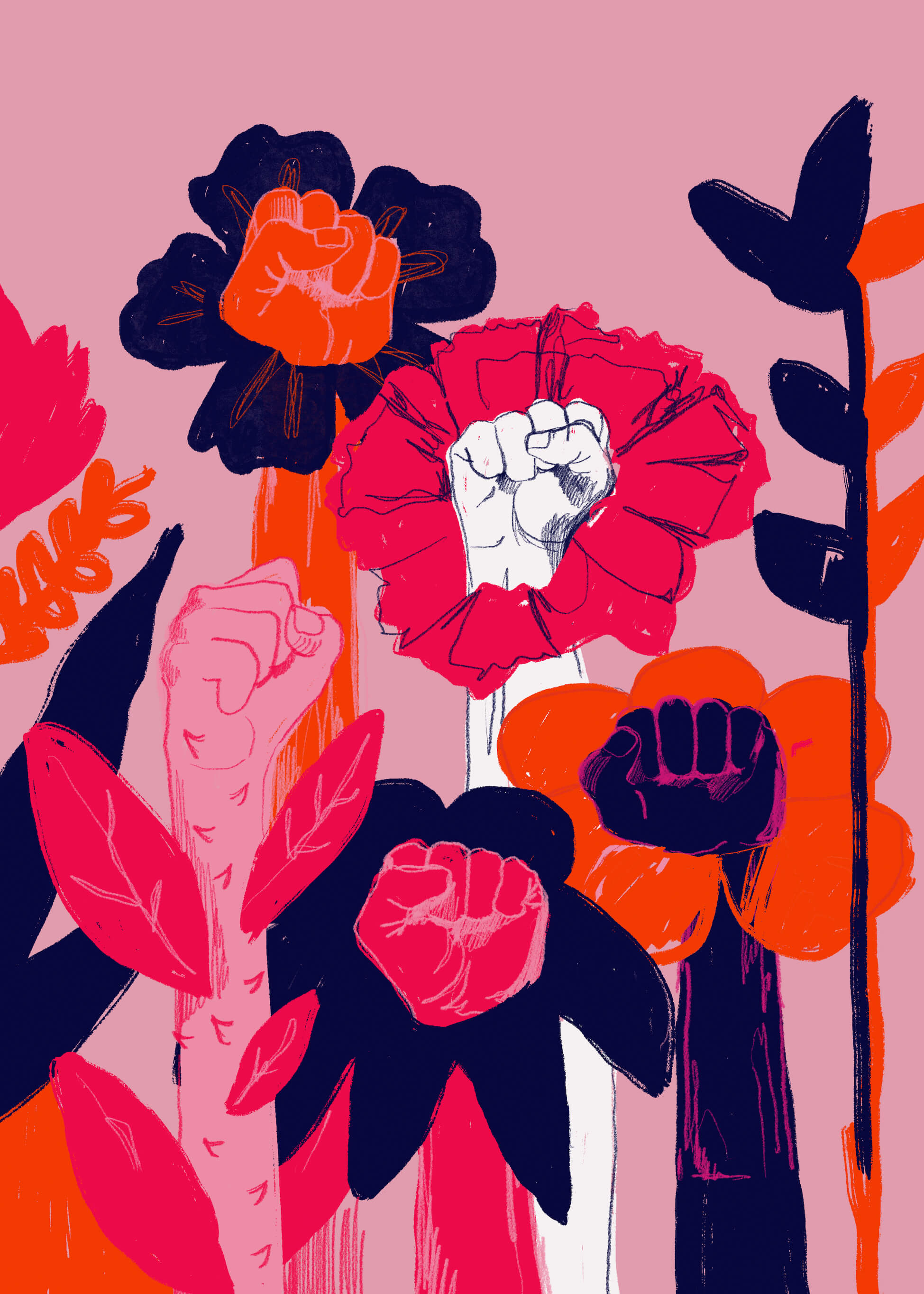One of the key themes of the July 2018 Global Disability Summit was inclusive education: how to provide quality and accessible learning for the millions of children with disabilities who remain excluded from schooling. The Charter of Change, signed by over 300 organisations, committed to “progress and support actions that advance inclusive quality education for people with disabilities, with the necessary resources to put plans into practice: every child has the right to learn from birth.” Going a step further, the joint Statement of Action to “Accelerate Equitable and Quality Inclusive Education for Children and Youth with Disabilities” laid out a five step action plan to realise the vision of inclusive education.
For girls with disabilities, these commitments to change are more urgent than ever. Subject to the ‘double discrimination’ of social norms and cultural bias based on their gender and disability, these girls are among the world’s most marginalised groups. In ongoing efforts towards inclusive quality education, it is clear that there needs to be a renewed focus on girls with disabilities. Even though a range of global commitments, international frameworks and national policies have been framed over the last few decades, it is surprising and disturbing how little progress has been made in including girls with disabilities in mainstream society.
This is exemplified by more recent data from primary schools in the Punjab province of Pakistan, which suggests that while the number of children with disabilities out of school remains the highest, increasing numbers are making it to school. However, it is not enough to focus on attendance and enrolment rates as a marker for inclusive education progress, as evidence suggests that when compared to their non-disabled peers, learning outcomes for children with disabilities, even for those in school, remain poor across the board. Furthermore, within this group of children with disabilities who are enrolled, girls with disabilities are most likely to be excluded when compared to boys with disabilities and girls without disabilities. Thus, being a girl and having a disability both intersect as significant markers of exclusion.
Some reasons for exclusion range from inaccessible school environments, to missing basic infrastructure such as toilets, lack of gender-responsive curriculum and teaching practices, school-related gender-based violence (SRGBV) and parental fears regarding the safety of daughters. These we know to be factors of educational marginalisation for girls without disabilities across the world. Thus, girls with disabilities not only face the usual array of disadvantages encountered by girls more broadly, but they are doubly disadvantaged as they also face the stigma and assumptions attached with being disabled, as well as a lack of specialised resources, or infrastructure and support, enhancing and complexifying the barriers to education.
Therefore, in order to address the challenges girls with disabilities face, we not only need to overcome barriers that all children with disabilities face but also those specific to being a girl. To do so, we need first to understand the challenges that girls with disabilities are facing. Despite growing global commitment and attention to gender and disability-inclusive education, there is still very little in the way of documentation and evidence on research and programmes that address the intersectional marginalisation of girls with disabilities in education.

Routes forward
Children with disabilities remain invisible in data collection efforts. It is common to have gender disaggregated data but still uncommon for disability disaggregated data, and still less common is disability and gender disaggregated data. Data can lead to the implementation of better accountability mechanisms. One common argument for this continued neglect is that framing questions on disability is very difficult. However, this is no longer the case, as questions developed by the Washington Group on Disability Statistics are being used in national surveys and censuses in over 50 countries, both for planning effective use of resources and monitoring implementation.
We need to listen to the voices of women and girls with disabilities to develop a better understanding of their needs and concerns, to help identify barriers and also opportunities in their lives.
However, education research cannot simply be about numbers. As we have seen with the aforementioned data from Pakistan, quantitative data is not enough for us to gain a nuanced and complex understanding of the situation. Rather, we need to listen to the voices of women and girls with disabilities to develop a better understanding of their needs and concerns, to help identify barriers and also opportunities in their lives. The silencing of children with disabilities in research, policy and programme developments is a huge issue. It is only when we listen to their voices that we hear important ways of moving forward. For example, mothers in Pakistan have been shown to heavily invest in the education of their daughters with disabilities, as they perceive its value in terms of employment, marriage prospects and independence in later years.
While progress has been slow, it is important to acknowledge that things are changing. Rather than continually rehearsing barriers faced, there is a need to identify and build on enabling factors to ensure the success of efforts. While investing in programmes which challenge disabling social-cultural norms is important, it is also important to invest in promoting further opportunities. For example, current employment rates for women with disabilities are dismal, but we know that considerable positive impact on girls’ education has been achieved by bringing women into the teaching profession.
The education of girls with disabilities is critical if the world is to fulfil its commitments to quality, equitable and inclusive education, that leaves no one behind, and usher in a better future for all.


